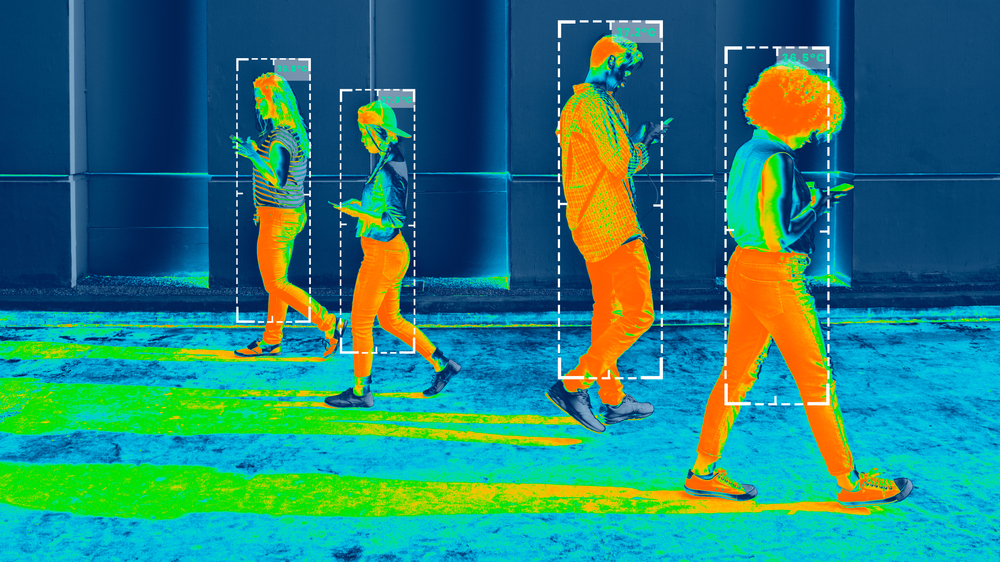Thermal Cameras: Lighting Up the Future of Tech
Introduction: Thermal cameras may not be a new concept, but recent advancements have launched them into the tech spotlight. Once limited to military and industrial use, thermal imaging is finding its way into everyday gadgets and applications. Here's a look at how this technology has evolved and where it's headed.

The Genesis of Thermal Imaging
Thermal imaging dates back to the 1800s when Sir William Herschel discovered infrared radiation. It was subsequently developed during World War II to assist with night vision. Over the years, thermal imaging has been used in various industries, including law enforcement, firefighting, and construction. However, until recently, the technology was bulky, expensive, and not practical for consumer use.
A New Dawn for Thermal Imaging
The turning point for thermal imaging came with the miniaturization of technology, enabling its integration into consumer electronics. In recent years, smartphone manufacturers have begun incorporating thermal cameras into their devices. For instance, the Cat S60 and S61 rugged smartphones include built-in thermal imaging. Similarly, FLIR, a leading thermal imaging company, has developed a compact thermal camera that can be attached to a smartphone.
The Everyday Applications of Thermal Imaging
The integration of thermal imaging into consumer electronics has opened up a plethora of applications. Homeowners can use thermal cameras to detect heat loss and improve energy efficiency. Mechanics can identify overheated components, and outdoor enthusiasts can use thermal imaging for wildlife observation. Moreover, advances in thermal imaging could revolutionize the gaming industry by providing a new dimension of interactivity.
The Market Outlook for Thermal Imaging
Research firm MarketsandMarkets estimates that the thermal imaging market will reach $4.6 billion by 2025, up from $3.4 billion in 2020. This growth is driven by the technology’s broadening applications and falling prices. New consumer devices featuring thermal cameras are expected to retail in the $500-$1000 range, making them accessible to a much larger customer base.
The Future of Thermal Imaging
The future of thermal imaging looks bright, with potential applications in areas like autonomous vehicles and healthcare. Self-driving cars could use thermal cameras to detect pedestrians in low-light situations. In the medical field, thermal imaging could help diagnose conditions based on body temperature patterns. As thermal imaging technology continues to evolve, the possibilities seem limitless.
In conclusion, thermal cameras are no longer just military-grade equipment. They’re becoming an integral part of our everyday tech, helping us see the world in a new light. The integration of thermal imaging into consumer electronics signifies a shift in how we perceive and interact with our environment. With a promising market outlook and endless potential applications, thermal imaging is undoubtedly lighting up the future of tech.




